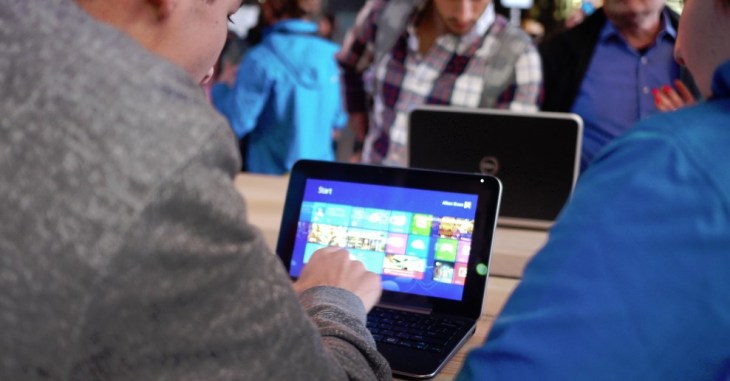Microsoft watchers Mary Jo Foley and Paul Thurrott recently detailed a number of changes that could be coming in the next major version of Windows, something that Foley is hearing called “Threshold.” It could be heading towards our waters in 2015.
Unsurprisingly, Threshold continues the trend of unification inside the Windows aegis. The platform becomes more tightly locked, with a common core sporting several faces, or SKUs. One, as described by Foley as “Modern,” is akin to Windows RT, and would focus on Windows Store apps.
Also potentially coming with Threshold is a “more traditional consumer SKU,” which would include “some semblance of productivity and familiarity with Windows.” That makes sense. And, finally, an enterprise facing SKU that would suit organizations of scale and their needs. This should all make sense, as the builds that Foley is describing mirror closely Windows 8.1 RT, Windows 8.1, and Windows 7.
Microsoft declined to comment.
The real force behind what Foley is discussing is the idea of having one core Windows regardless of SKU or device, that would allow developers to build once and deploy broadly. You can see the outlines of this in WinRT, and so forth. So, not surprising, but also encouraging. Now, to something that does surprise: The Start menu could be coming back.
According to Thurrott, the Start menu – not just the Start button, which has already returned – could come back to Windows. It would probably “appear only on those product versions that support the desktop,” which makes sense given that sans desktop, you wouldn’t need the damn thing.
All this kicks together to imply that in the Windows RT/Windows Phone OS we are not going to have the desktop at all. Office will go Metro, ending the need for the desktop on those devices. Naturally, there needs to be more user interface integration and so forth, but I think the writing is on the wall.
So the story of Windows unification could contain new wrinkles that bring back old functionality in some SKUs. Thurrott likes this:
When you combine this information with Mary Jo’s SKU info, you can see that Microsoft is, if not moving forward per se, at least continuing to do the right thing and responding to complaints. And given the changes in the groups responsible for Windows, this wasn’t a given at all. It’s a good sign.
I agree with that, mostly, though any focus on the desktop comes at the expense of Metro, which means the Windows Store. Still, Microsoft has to assuage enterprise customers and consumers alike, which requires sacrifice.
Top Image Credit: Flickr
